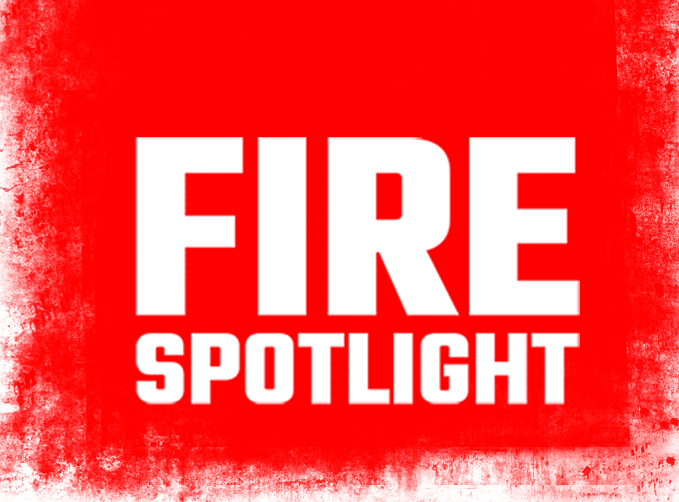Firefighter rope rescue training teaches firefighters how to rescue a downed firefighter in a structure fire. Typically, a smoke-filled structure can be dangerous to navigate, and Colorado firefighters learn rescue techniques to navigate the smoke-filled rooms. By laying designated rope lines, firefighters are able to retrieve multiple downed firefighters. Below is a transcription of the video:
VIDEO TRANSCRIPTION:
We have simulated smoke in the whole building. One of you guys go in there with your air on and simulate some kind of an air problem. We’ll have a team of three go in, assess the situation and fix the air problem. Then you will pack the firefighter and bring them out.
I’m coming in and I’m going to be the assignment on deck. I know that I’m still at the company, OPs are going to check in with me and I want to find out where all units are on the fire ground. I’m going to go check in with the pump apparatus and see what line is going where. Yellow is going to the second floor and this line is going to the basement to determine the order in which we go in.
The order in which we go in has the ropes person going first. That is our orientation to get to the alarm and getting out of the building.
If we anchor this right where the hose is coming off the engine, I know that if I reached the end of my rope, I should be close to the nozzle. I can sweep that area for the nozzle or the men. Hopefully, we’re near the nozzle or 10, 15 feet away. It’s a solid anchor point on the outside.
And as we deploy in, we need to maintain the tightness of this rope. If I’m trying to search for a pass alarm, how disoriented can that be? It could sound like it’s over there, but it’s really over here. If I need to change directions, I can’t let this rope smackdown and walk over it. I’m going to drag the 19 cats and all the newspapers and the diapers and stuff.
Our methods for that are bite, pull, drop. We trace the line, bite, trace the line, then drop. Trace the line bite, trace the line drop. When I’m ready to change directions, it deploys right back out. Bite, pull, drop. Bite, pull, drop.
We jump behind the down firefighter, squat down and pull a top. Usually that’s the officer that’s going to do the radio transmission and possibly look around for an alternative to the. While the other two firefighters that came with him, air and irons, they start assessing the situation, making sure that we have the identity of the downed firefighter, get the air problem fixed, and start packaging to drag out.
As we’re ready to drag out, that tight rope that I’m holding as the officer, I keep it tight, and I do that same thing on the way out. I bite, pull, drop. I’m maintaining the tightness of that rope so that it guides my firefighters down. There is one scenario, right where I might have to ditch that back. If there are multiple pass lines going out, multiple firefighters are down. I can take that bag off and just maintain the tightness all the way out. The next search company will come in and pick up where I left off.
